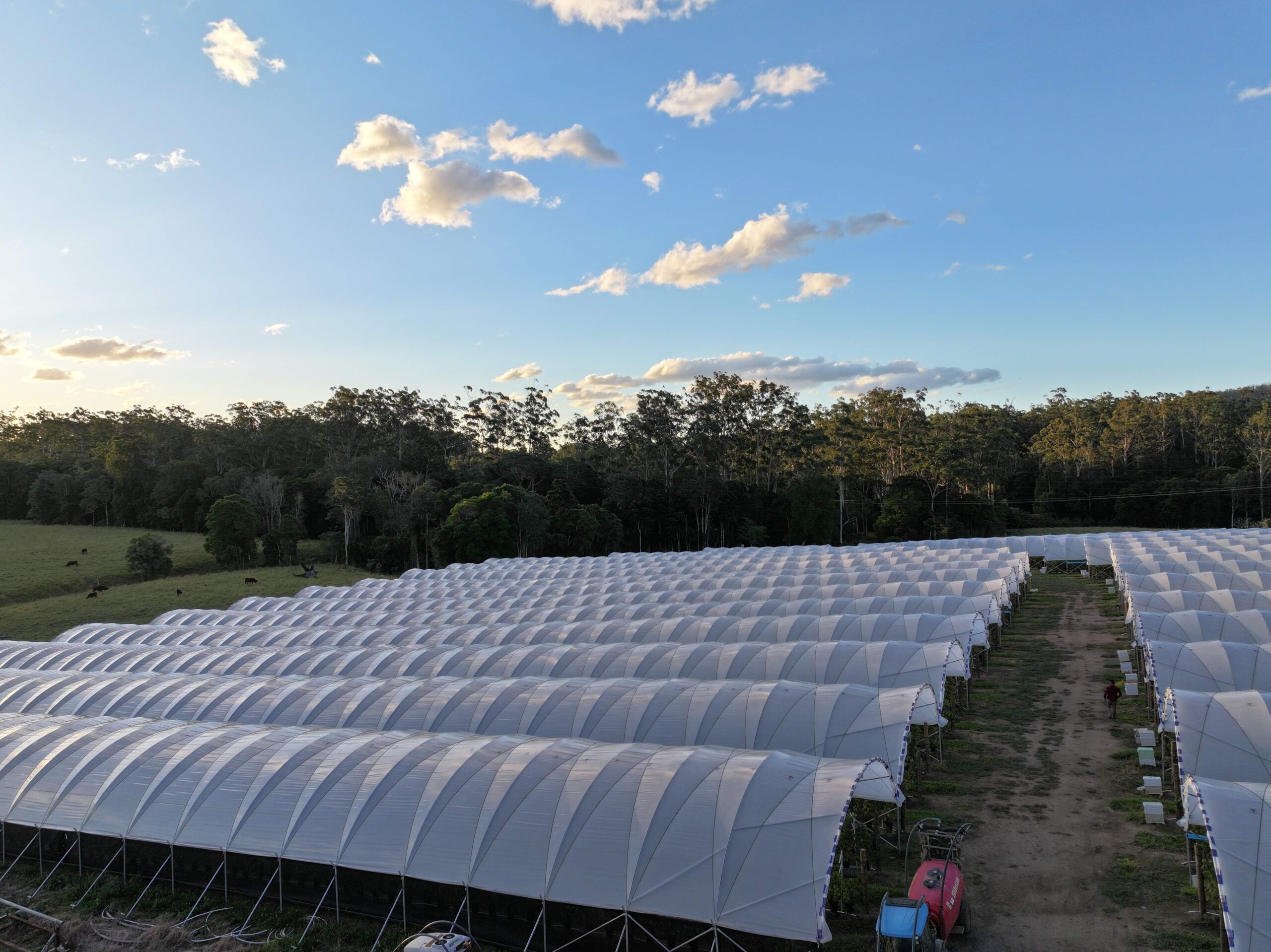Why Choose a Plastic Greenhouse?
A plastic greenhouse offers several advantages over traditional glass greenhouses. One of the main benefits is its cost-effectiveness. Plastic materials such as polyethylene, polycarbonate, or PVC are far less expensive than glass, making plastic greenhouses a more affordable option for gardeners of all levels. In addition to being budget-friendly, plastic greenhouses are lightweight, durable, and easier to install, often coming in DIY kits that can be assembled without professional help.
Another significant benefit is the flexibility that plastic provides. Unlike glass, which is prone to cracking or breaking, plastic can withstand impacts, including minor debris or hailstones, without suffering damage. This resilience makes it ideal for areas that experience unpredictable weather conditions.
Materials Used in Plastic Greenhouses
Several types of plastics are commonly used in greenhouses, each with unique features that cater to different gardening needs:
Polyethylene Film: This is one of the most widely used materials for plastic greenhouses due to its affordability and ease of use. It comes in rolls that can be cut to size, making it a flexible option for various greenhouse structures. Polyethylene allows light to enter while retaining heat, creating a suitable environment for plant growth. It may need to be replaced every few years, but its low cost makes it a practical choice.
Polycarbonate Panels: These panels offer better durability than polyethylene film and provide excellent insulation. Polycarbonate is transparent, allowing natural light to filter through while protecting plants from harmful UV rays. It also has a long lifespan and is resistant to breakage, making it a superior option for those who want a more permanent greenhouse solution.
PVC Plastic: While commonly used in greenhouse framing, PVC can also be used for covering smaller greenhouses or cold frames. It is inexpensive, flexible, and relatively durable, though it may not last as long as polycarbonate or polyethylene.
Benefits of Plastic Greenhouses
Extended Growing Season: A plastic greenhouse helps extend the growing season by protecting plants from frost, wind, and excessive rain. By maintaining a controlled temperature and humidity, it allows you to start planting earlier in the spring and continue growing crops well into the fall or winter.
Pest and Disease Control: Plastic greenhouses act as barriers against pests, diseases, and other environmental threats that could harm your plants. By providing a sealed environment, gardeners can better manage pest control and reduce the need for harmful pesticides.
Energy Efficiency: Plastic greenhouses are designed to retain heat, making them energy-efficient. The plastic material traps heat from the sun, creating a warm environment for plants to thrive in, even during cooler weather. This energy efficiency means lower heating costs during colder months.
Versatility: Plastic greenhouses can be used for a wide variety of plants, from vegetables and herbs to flowers and ornamental plants. They are available in different sizes and shapes, envirotech tunnel allowing gardeners to customize their greenhouse according to their space and needs.
Tips for Maintaining a Plastic Greenhouse
While plastic greenhouses are low maintenance, taking care of them will ensure longevity and optimal plant growth. Regularly clean the plastic to remove dirt, dust, or algae that can block sunlight. Check for any damage or wear in the plastic covering, and replace it if necessary. It's also important to ventilate the greenhouse to prevent overheating and maintain proper humidity levels.






Comments